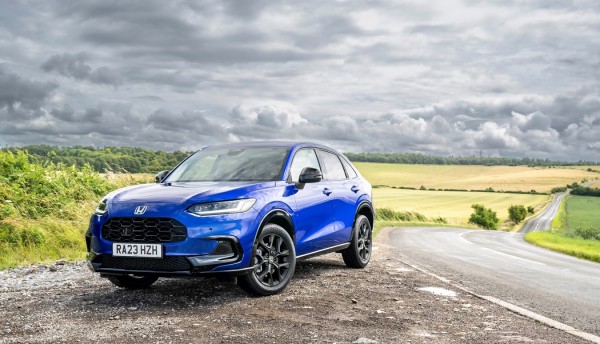
Honda ZR-V enters the crowded sport utility vehicle (SUV) market with a hybrid-only powertrain, Civic-based architecture and a clear emphasis on agile handling over sheer practicality. Sitting between the HR-V and CR-V, it targets buyers looking for premium touches without crossing into luxury-brand territory. This review continues our series exploring in-car tech and materials.
Materials and finish
Honda has made a perceptible quality uplift compared to previous models and even the Civic in some respects. Soft‑touch materials are extensively used on major touchpoints — dash tops, door trims, central armrests — with the trim levels (Elegance, Sport, Advance) progressively adding higher‑grade finishes: synthetic leather, full leather, more ambient lighting. The metal honeycomb dashboard trim spanning the air vents provides a tactile and visual effect. Likewise, steering wheel material and drive‑mode paddle/regenerative braking paddles are more premium in feel.
That said, the cabin is not without its weaker spots. Some plastics, particularly around lower switch panels and in areas less visible, feel cheaper, scratch more easily or have less overall precision in design. The glossy black plastic around the gear selector and steering wheel spokes can catch smudges and show dust.
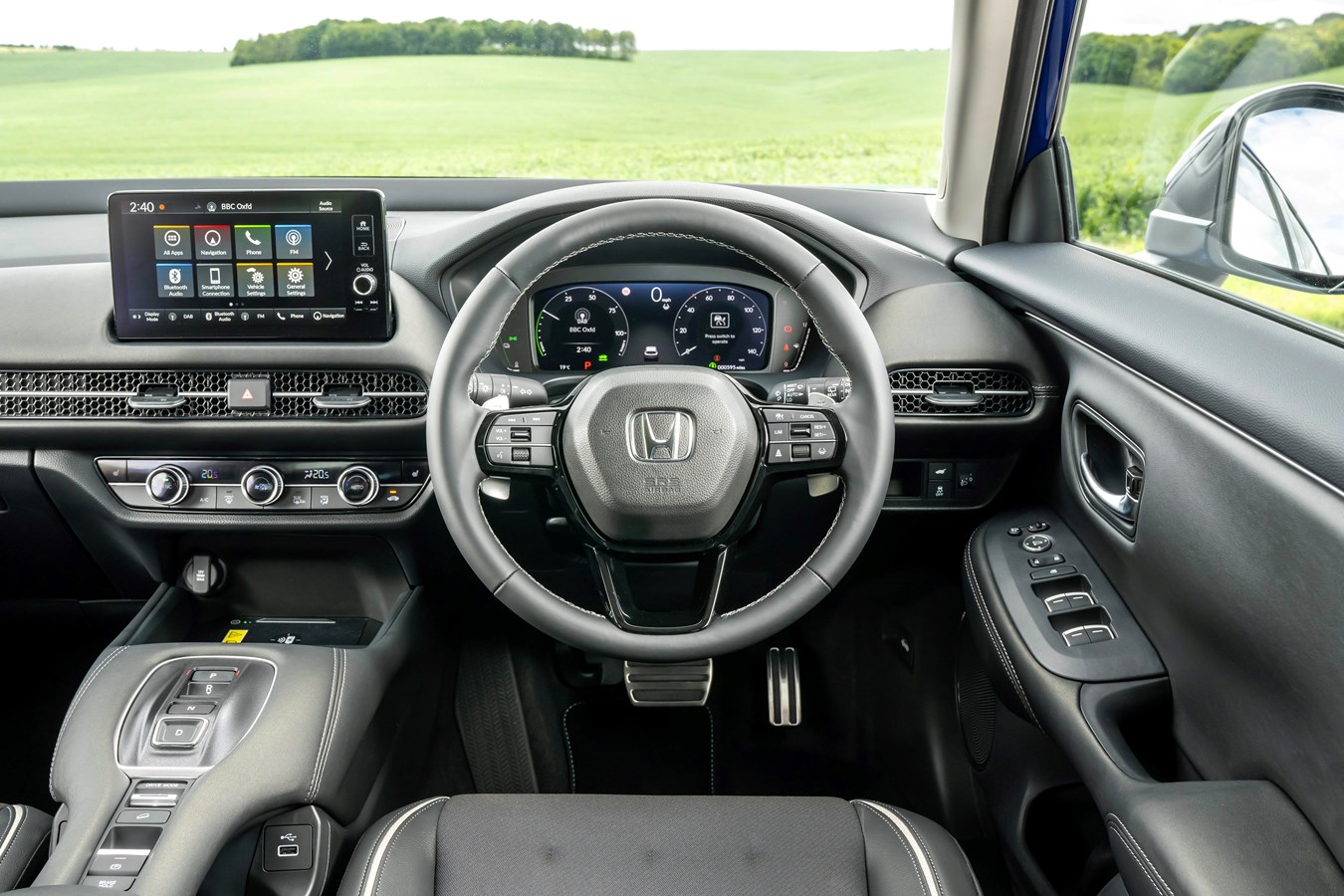
Source: Honda Motor
Comfort, space and practicality
In terms of comfort, the front seats are supportive, especially for shorter journeys. For long distances, lower back and thigh support could be improved. Advanced trims offer more seat adjustment, which help alleviate this issue. Rear seats benefit from generous legroom and headroom, aided by a relatively long wheelbase and wide cabin.
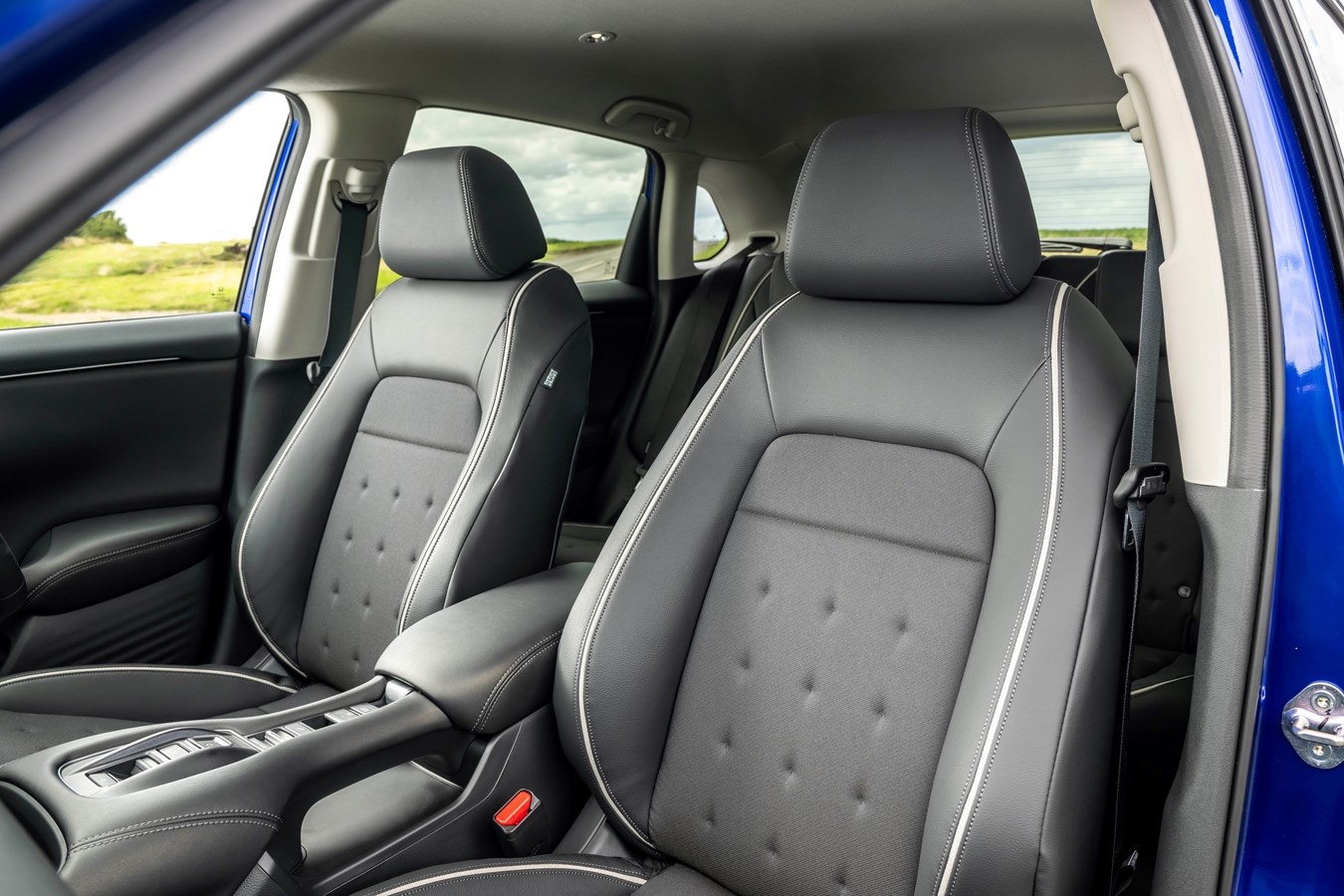
Source: Honda Motor
The SUV offers around 380 liters of boot space with rear seats up, which is less than many competitors. The boot space is slightly reduced by about 10 liters in higher trims due to upgraded audio gear equipment, such as Bose subwoofer. Some convenience features, such as a low boot lip and a load bay that is flat and easy to reach, help offset the limited space somewhat.
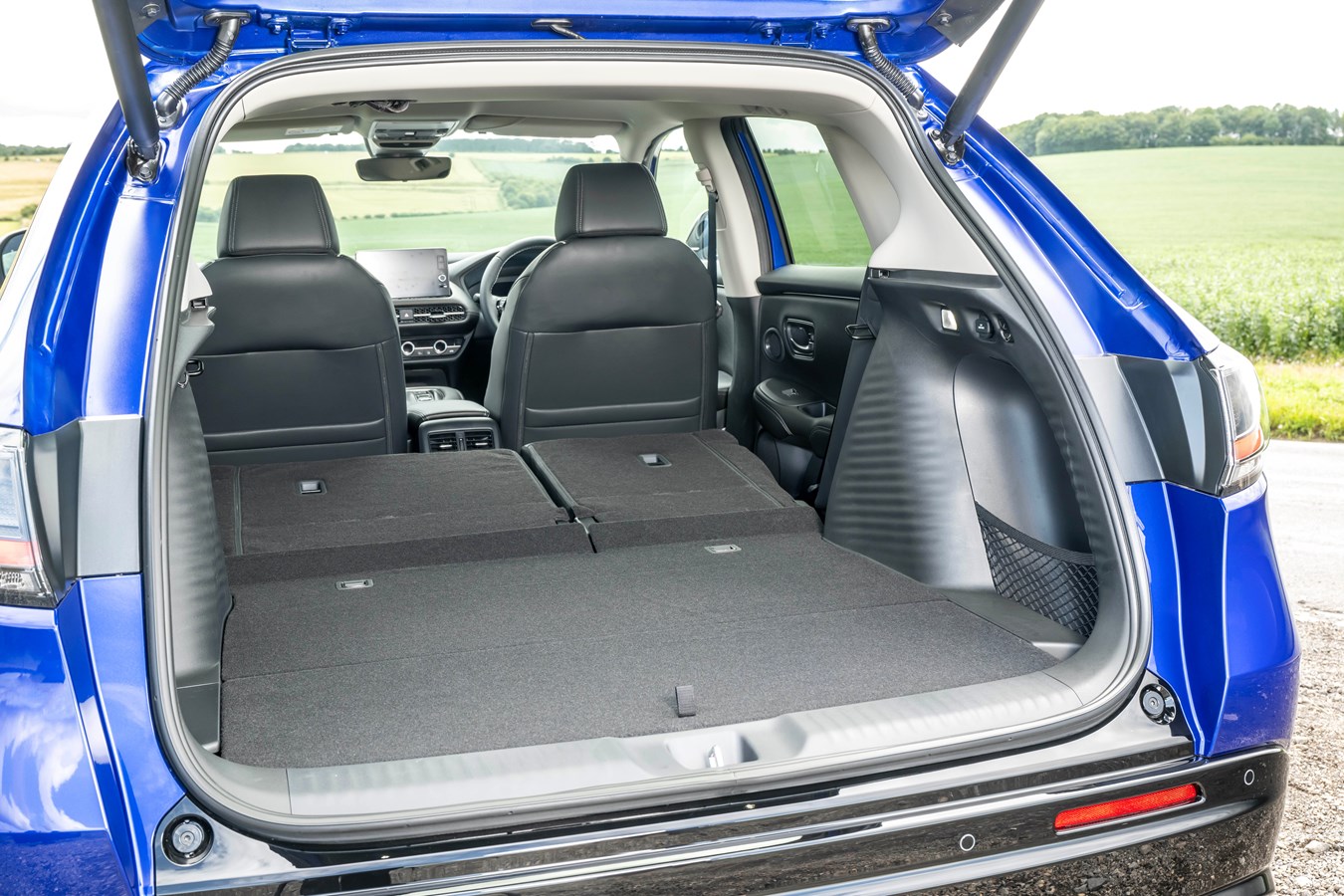
Source: Honda Motor
Storage in the cabin is generally good. There is deep storage in the central console, a tray under the gear selector or center bridge, multiple USB‑A and USB‑C ports both front and rear, wireless charging pad up front, a decent glovebox — all of which are appreciated. The downside is smaller-than‑ideal door bins, especially up front; the front door bins are too narrow or shallow to hold large bottles. 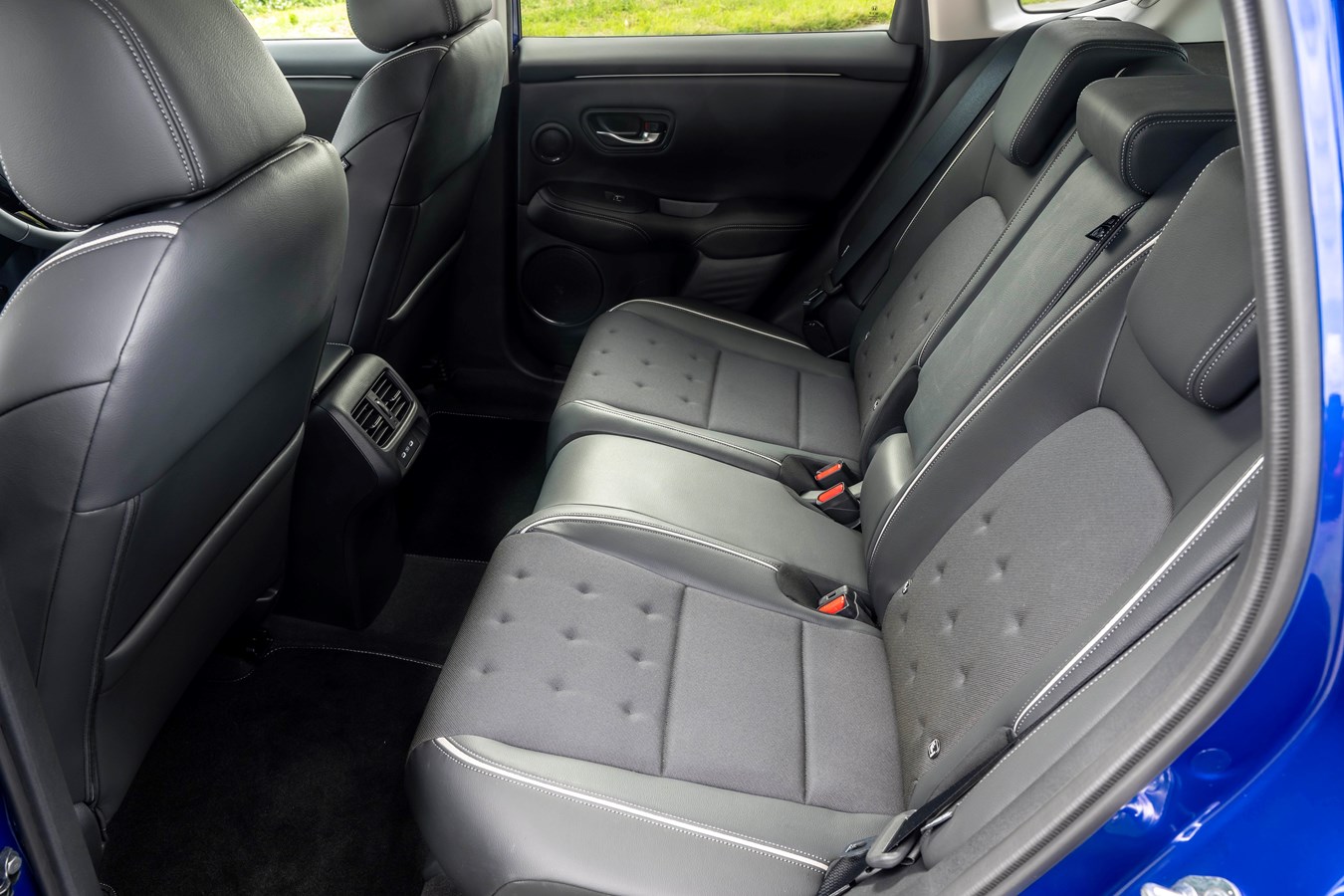
Source: Honda Motor
Tech, controls and infotainment
The tech suite offers modern essentials, though Honda could push further. Every trim gets wireless Apple CarPlay (Android Auto wired in some cases), a crisp digital driver display and physical controls for many key functions. The Advance trim adds a heads‑up display (HUD), premium Bose sound system, heated and leather seats, ambient lighting and panoramic sunroof, which help distinguish the higher-end models.
The infotainment menus that can feel labyrinthine, lacking sharpness in sat‑nav map rendering, limited customization of home screen shortcuts or driver aids, and the screen’s angle not optimal for the driver in right‑hand drive variants. Honda has resisted moving everything into touchscreen control so physical buttons and dials are still present.
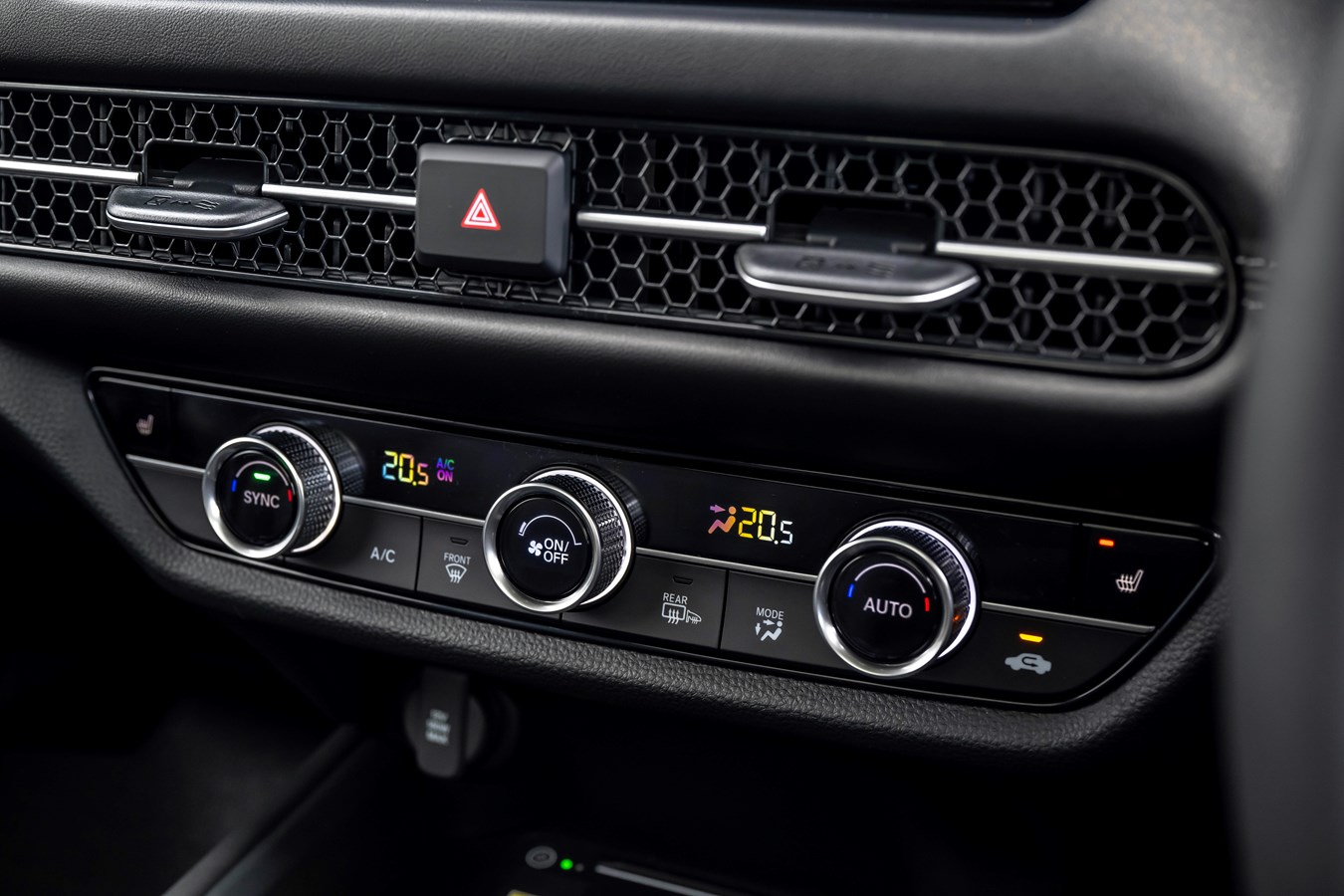
Source: Honda Motor
Ambience and perceived quality
Ambience is generally strong. The ZR‑V feels more refined than many mainstream rivals, especially in mid‑to‑high trims. Features including soft sun visors, a well‑styled steering wheel, ambient lighting (in higher specs) and the wider, horizon‑spanning dashboard contribute to a spacious, premium feel. Noise insulation is decent, though reviewers mention that engine and wind noise rise at higher speeds, especially in lower trims. Light plays across certain trims can reduce headroom (e.g., panoramic sunroof in Advance) and slightly influence interior brightness and perception of space.
It features a 2.0L engine with two electric motors, delivering 181bhp and 0 mph to 60 mph in about 7.5 seconds. Designed to be more agile than typical SUVs, it trades some interior space for improved handling. It prioritizes electric drive for smooth, quiet low-speed performance, though its small battery limits electric-only range. At higher speeds, noise levels rise. Sport mode adds synthetic engine sounds and simulated gearshifts for a sportier feel.
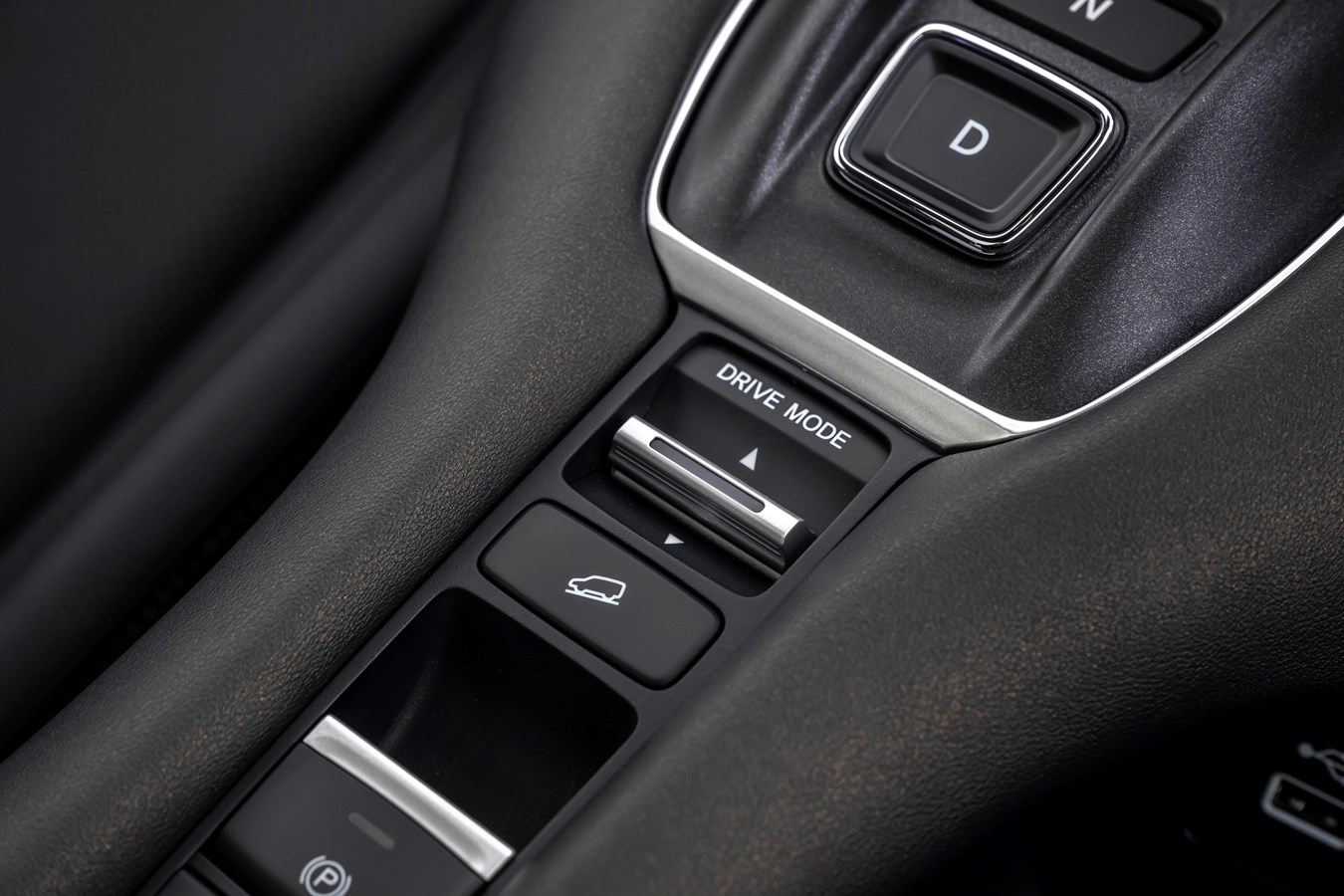
Source: Honda Motor
In conclusion, the ZR‑V’s interior delivers a compelling package for buyers who want a mix of Honda’s solid build, modern tech and comfort, especially in the mid‑to‑upper trims. It may not lead its segment in sheer luggage space or in the premium feel of every trim, but it punches well above its weight in most other areas. If Honda were to refine the infotainment usability, improve material consistency and mitigate boot‑space constraints, the ZR‑V could be even more competitive.
S&P Global Mobility’s latest report on “New interiors: Function integration, materials and new concepts” offers a detailed analysis of how automakers are pursuing the twin goals of integrating smart functions into interior trim components and increasing use of sustainable materials.








